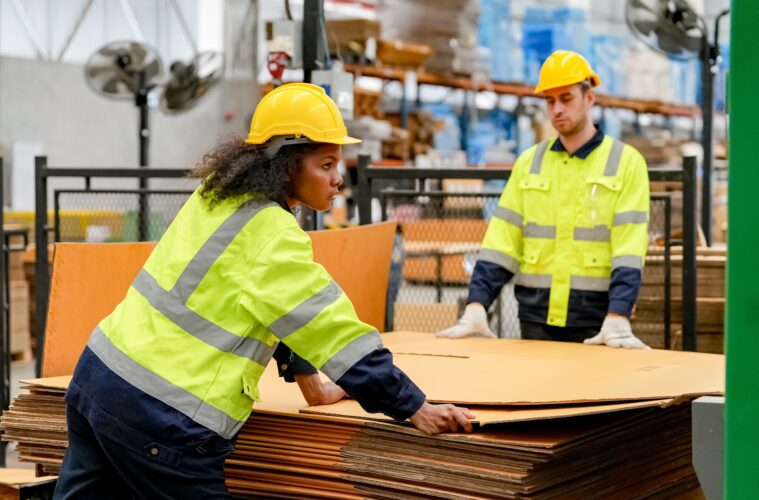In the dynamic world of construction and design, materials that offer both strength and versatility are highly sought after. High-density boards, often abbreviated as HDB or HDF boards, has emerged as a key player in the realm of building materials, providing a range of benefits that cater to the diverse needs of architects, builders, and designers. This blog explores the features, applications, and advantages of high-density board, shedding light on why HDF boards have become a go-to choice in the construction industry.
Understanding High-Density Board
High-density board is a composite wood product that is engineered to have a higher density than traditional wood materials. It is crafted by compressing wood fibres or particles together with adhesives under high pressure and temperature. The result is a dense, durable, and versatile board that boasts a wide range of applications across various industries. Everest high-density board combines structural strength with sustainable engineering, offering a versatile and durable solution for modern construction challenges.
Versatility in Applications
One of the standout features of a high-density board is its versatility. From residential interiors to commercial spaces and even industrial applications, high-density boards find utility in a multitude of settings. Its adaptability makes it a popular choice for both structural and aesthetic elements in construction.
Furniture and Cabinetry:
High-density board is a preferred material for crafting furniture and cabinetry due to its stability and smooth surface. It can be easily cut and shaped, allowing for intricate designs and detailing. Whether it’s a contemporary kitchen cabinet or a classic wooden wardrobe, high-density board provides the necessary durability and structural integrity.
Interior Finishes:
As a finishing material for interior spaces, a high-density board offers a smooth and even surface for painting or veneering. Its consistent density ensures a uniform finish, making it an ideal choice for wall panelling, wainscoting, and other decorative applications.
Flooring:
In flooring applications, high-density board proves its resilience. It provides a stable base for various flooring materials, including laminates and hardwood. The high density contributes to its durability, making it resistant to wear and tear in high-traffic areas.
Exploring High-Density Board
The term “high-density board” encapsulates the essence of this engineered wood product that stands out for its strength and adaptability. Let’s delve deeper into the unique features and advantages that make high-density boards a valuable asset in the construction and design toolkit.
Strength and Durability
The inherent strength of a high-density board is a result of its tightly compressed composition. This density makes it resistant to warping, cracking, and other forms of structural damage. Whether used in load-bearing applications or as a foundational material for furniture, a high-density board ensures longevity and stability.
Environmental Considerations
In an era where sustainability is a top priority, high-density board aligns with eco-friendly practices. It is often manufactured from recycled wood fibres, reducing the demand for fresh timber. Additionally, the manufacturing process involves the use of adhesives with low volatile organic compound (VOC) emissions, contributing to indoor air quality.
Cost-Effective Solution
High-density board offers a cost-effective alternative to solid wood for various applications. Its engineered composition allows for efficient use of resources, making it more budget-friendly while retaining the look and feel of natural wood. This cost-effectiveness makes high-density boards an attractive option for large-scale construction projects.
Fire Resistance
Safety is a paramount concern in construction, and a high-density board provides an added layer of security with its fire-resistant properties. It exhibits greater fire resistance compared to traditional wood materials, making it a suitable choice for applications where fire safety is a critical consideration.
Conclusion
High-density board has rightfully earned its place as a versatile and reliable building material in the construction and design landscape. Its strength, adaptability, and eco-friendly attributes make it a preferred choice for a wide range of applications, from furniture to interior finishes and beyond. As the demand for sustainable and durable materials continues to grow, high-density boards stand as a testament to innovation in the construction industry.
The term “high-density board” represents not just a material but a solution that addresses the evolving needs of modern construction projects. As architects, builders, and designers seek materials that balance performance, cost-effectiveness, and sustainability, high-density boards remain a frontrunner in providing a comprehensive solution for diverse applications. Embrace the strength and versatility of high-density boards, and witness their transformative impact on how we build and design our spaces.
Published by HOLR Magazine.


